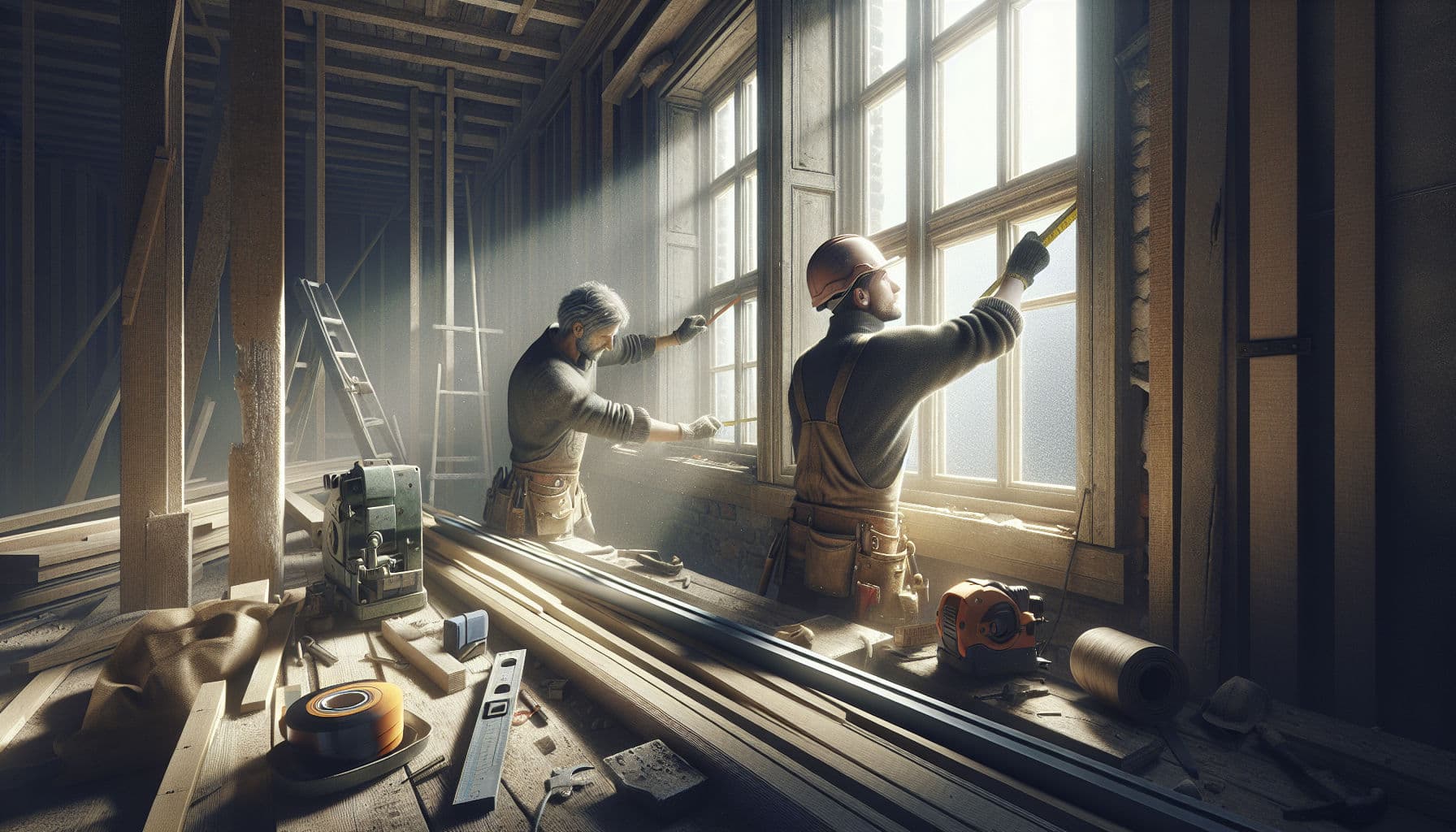AI Job Costing Playbook for Small Trades
Field-tested AI job costing for French trades: price labor, materials, and VAT right, avoid scope creep, and speed up approvals and payments.
If your week is packed but your bank account isn’t, the problem isn’t effort—it’s job costing. Small jobs bleed profit when we guess hours, forget consumables, or pick the wrong VAT. Here’s a simple, AI-assisted way to price right, get a clean yes, and get paid on time.
What “job costing” really means for a one-van crew
You don’t need spreadsheets and a finance degree. You need a habit:
- Labor you’ll actually spend (prep, drive, clean-up)
- Materials and consumables (down to tape, silicone, anchors)
- Overhead (truck, insurance, phone, tools) as a percentage
- Contingency for surprises
- Correct VAT: 10% for renovation, 5.5% for eligible energy improvements, 20% for new build
- A clear payment schedule
Aim for:
- Overhead: 10–15% of labor + materials
- Contingency: 5–10% depending on risk (old plumbing, hidden rot)
The 30‑minute AI takeoff you can do in the van
- Speak the scope out loud
-
Grab your phone and dictate the job like you’d explain it to a buddy.
-
Example script:
"Bathroom, 3 m². Replace old 80L water heater with 80L vertical. Reuse existing electrical feed, add isolation valves, new safety group, descaling. Remove and take away old unit. Half‑day for drain/fill and tests."
- Turn speech into lines
- Convert that voice note into line items: labor hours, main materials, small parts, disposal.
- Pull real hours from similar jobs
- Last time you swapped a 80L cylinder, how long did it take? Use that number, not the optimistic one.
- Price materials once, add routine consumables
- Cylinder price, fittings, valves, paste, tape, silicone, straps, fixings, protection.
- Add overhead and contingency
Here’s a clean layout you can reuse:
Job: Replace 80L water heater (existing dwelling >2 years)
Labor: 5.0 h x 52 €/h = 260 €
Materials: 370 € (80L heater 265 €, valves & fittings 25 €, misc & disposal 80 €)
Overhead (10%): 63 €
Contingency (5%): 31.50 €
Subtotal HT: 724.50 €
VAT: 10% (renovation) = 72.45 €
Total TTC: 796.95 €
Suggested deposit: 40% = 318.78 €
- For an energy upgrade (e.g., insulation, heat pump parts), eligible work may be at 5.5%.
- For new builds, it’s 20%.
Quick pro tip
- Note travel and parking separately so they don’t eat your labor.
- Write one line called “Small parts and protection” so tape, silicone, sheeting, gloves are covered.
Set VAT right without guessing
- 10%: renovation work in a dwelling older than 2 years.
- 5.5%: certain energy performance improvements (insulation, some heating upgrades) when eligible.
- 20%: new construction and cases not meeting reduced rate rules.
- Always collect the client’s reduced‑rate attestation when using 10% or 5.5%.
With Donizo, you set VAT per line or per job in seconds. The math is automatic, and your invoice stays clean when you mix rates legally.
Put a fence around scope creep
Every quote should include a short list of exclusions and assumptions. Keep it simple and readable.
Add this to your proposals:
- “Price includes removal of old unit, standard fixings, and disposal.”
- “Price excludes electrical upgrades, plaster repair, and painting.”
- “Any additional work is quoted and approved before we proceed.”
Then add a small contingency line. If the wall crumbles, you’re covered. If not, you keep the time you planned.
At about this point, a tool helps you not forget a thing. Dictate your scope, set VAT per line, and send a clean proposal from your phone with Donizo. Your notes, client messages, and follow‑ups stay in one place.
Payments that keep cash moving
Don’t bankroll the job. Use milestones that match the work:
Payment schedule
- 40% deposit at acceptance
- 50% on delivery of main materials to site
- 10% at handover (after tests and tidy)
- For a 3‑day paint job, try 30%/60%/10%.
- For a week‑long bathroom refit, 40%/50%/10% works well.
Donizo turns an accepted quote into an invoice in two taps, keeps VAT correct (20% / 10% / 5.5%), and shows who still owes what. No more hunting through texts.
Approvals and follow‑ups that get a yes
Send a clear proposal with an expiry (e.g., 15 days). Use a straight message—no fluff.
Copy‑paste script:
- “Hi Marc, quote is attached. Price holds 15 days due to supplier changes. We can start next Wednesday with deposit. Reply ‘OK’ to lock your slot.”
If no reply in 48 hours:
- “Hi Marc, quick check—do you want me to keep next Wednesday for the heater swap? If yes, I’ll send the deposit invoice now.”
In Donizo, proposals send with a professional layout, and your follow‑ups are logged so you remember who to ping and when.
Daily tracking that protects your margin
A painter losing a day to extra prep? A plumber forgetting to bill for dumping the old cylinder? That’s margin gone.
Use this end‑of‑day routine:
- Mark job % complete
- Log actual hours vs planned
- Add quick photo notes (what’s left, any surprises)
- Tick off materials received
Next morning, adjust tomorrow’s plan and send a quick update to the client if needed. It reduces disputes and speeds the final payment.
In Donizo, you mark job status, add notes by voice, and see unpaid invoices at a glance.
Quick checklists you can use today
Estimate checklist
- Dictate the scope in your own words
- Convert to lines (labor, main materials, small parts, disposal)
- Add overhead 10–15% and contingency 5–10%
- Set correct VAT (20% / 10% / 5.5%)
- Add exclusions and a payment schedule
Handover checklist
- Tests done (photos/videos saved)
- Client walkthrough and sign‑off
- Final invoice sent same day
Bottom line
Price with your real hours, cover the small stuff, set VAT right, and control approvals and payments. That’s it. The rest is doing the work.
Try the workflow built for solo pros and small crews. Create quotes by voice, send proposals, invoice with correct French VAT, track payments, and keep the job moving—all in one place with Donizo.





